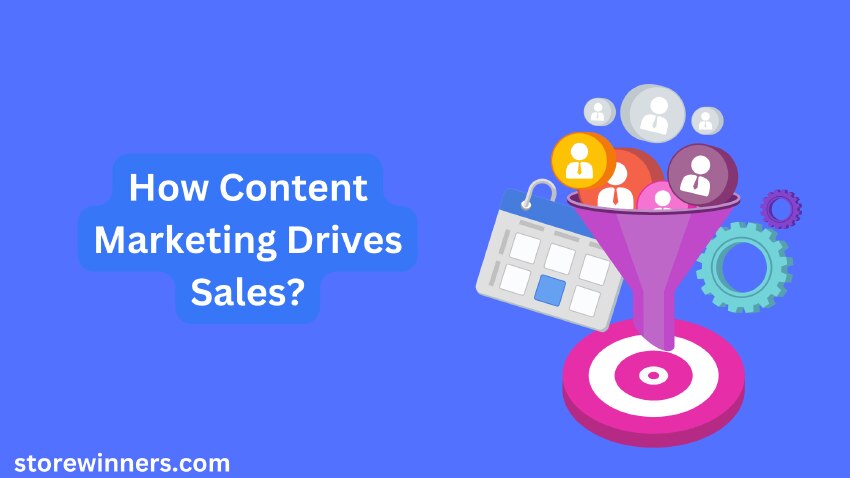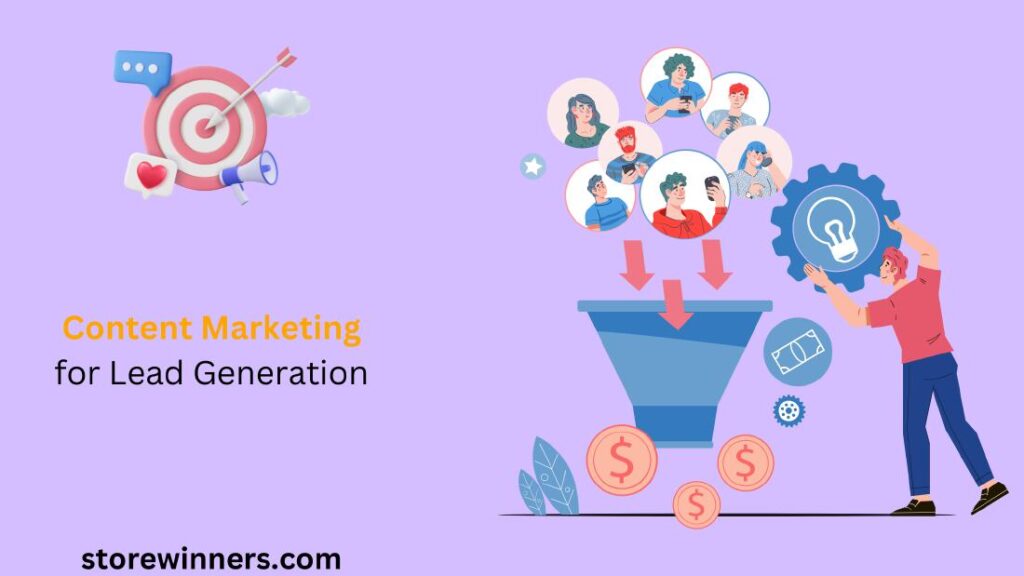Introduction
Content marketing is a fundamental element in today’s digital world. Businesses must create useful, important, and interesting information to gain and keep customers. But none of that matters if the website isn’t designed well. The way content looks on a web page can make or break its success. Web design does more than ensure people see what businesses write; it helps them connect with and convert off it too. This article will discuss how web design impacts content marketing, success while arguing for their equal importance within any digital marketing strategy plan.
How Web Design Impacts Content Marketing?
Content marketing is greatly improved by web design because it gives a smooth user experience that lets people surf through the website without trouble and find useful information. Content becomes more interesting and memorable when accompanied by good visual presentation and keeping branding consistent throughout. Besides, making sites mobile friendly ensures they can be viewed from any device. Moreover, putting calls-to-action in right places with different appearances drive conversions hence making them one of the most effective ways to attract and retain clients using attractive websites with persuasive content.
Key Benefits of Web Design in Content Marketing:
- Enhanced User Experience (UX): Easy navigation and clear hierarchy.
- Engaging Visuals: High-quality images, videos, and consistent branding.
- Mobile Responsiveness: Ensures flawless viewing across all devices.
- Effective Calls to Action (CTAs): Strategically placed and visually distinct.
- Higher Conversion Rates: User-friendly forms and clear CTAs boost lead generation.
Web Design Impacts Content Marketing
| Aspect | Benefit | Result |
|---|---|---|
| User Experience (UX) | Easy navigation and clear hierarchy | Longer engagement and lower bounce rates |
| Visual Content | High-quality images and videos | Increased attention and content retention |
| Branding | Consistent visual style | Stronger brand recognition and trust |
| Mobile Responsiveness | Accessible on all devices | Wider audience reach and better engagement |
| Calls to Action (CTAs) | Strategic placement and design | Higher conversion rates |
The Synergy Between Web Design and Content Marketing
Enhancing User Experience (UX)
The center of good web design is user experience (UX). A website that is designed well ensures easy navigation, quick access to information and a pleasant overall experience for the users. In addition, this seamless experience keeps the users interested and leads them on to consume more content.
Intuitive Navigation
A website must have intuitive navigation so as to guide the users. Users should be able to find contents with ease by having a clear and logical menu structure, breadcrumb trails and internal linking. The longer visitors stay and the more pages they visit on your site, the better they will understand what you provide them.
Visual Hierarchy
To present information in a more accessible manner, the most important pieces of content should be placed at the top. A strong visual hierarchy can be established using headings, subheadings and visual aids. They direct readers’ attention towards central details thereby making readability of context better.
The Power of Visual Content
Visuals like pictures, videos, charts, and drawings add a lot of interest to written content. They’re also great for breaking up text and making it easier to understand or read through.
High-Quality Images and Videos
Pictures and clips of high quality can communicate more effectively than mere words. They grab focus and can describe intricate concepts in a succinct and apparent way. Using appropriate, high-resolution visual aids in your content increases the involvement and recall of the audience.
Consistent Branding
Brand identity is reinforced by consistent branding on the website. A cohesive visual style that matches with the brand’s colors, fonts and imagery aids recognition and trust building. Consistent branding makes sure that people connect your high-quality content with your brand which strengthens all marketing efforts you make in general.
Readability and Accessibility
Font and Typography
The choice of font and typography greatly influences readability. Clear, well-sized fonts with sufficient contrast against the background make content easy to read. On screens, sans-serif fonts are usually chosen for digital content because they are easier to see.
Proper Formatting
Content is more visually appealing when it is properly formatted. This includes the use of headings, subheadings, bullet points and numbered lists which help to break up text and make it easier to scan. White space around text and images reduces clutter and improves focus.
Mobile Responsiveness
Given the growth in mobile device usage, having a mobile-responsive design is crucial. By making a website mobile-friendly, information can be accessed and viewed easily on any gadget hence creating a smooth user experience across different platforms.
Driving Conversions with Design
Effective Calls to Action (CTAs)
It is important to have calls to action (CTAs) if you want conversions. Good CTAs are noticeable and prompt users to do something – sign up for a newsletter, get a resource, buy a product or anything else.
Strategic Placement
Increasing the effectiveness of CTAs can be done by placing them strategically on a website. This means that they should be placed in prominent positions where they are easily seen by users. For instance, one may put them at the bottom of blog posts, inside sidebars or use pop-ups too.
Design Elements
The use of design elements such as color, size and shape can help make CTAs more prominent and attractive. In particular, conversion rates for your CTAs can be greatly enhanced by employing different colors that contrast well together, using buttons of substantial size and incorporating persuasive text into them.
User-Friendly Forms
Forms that are easy for users to fill out and have a simple purpose encourage people to input their information. When forms are simplified, they create less resistance so more people complete them which means more leads.
Minimal Fields
Decreasing the number of mandatory fields in forms reduces user effort. To prevent overwhelming visitors and increase completion rates, ask only for necessary details.
Clear Purpose
To make the input clearer, users need to know why they are filling it and what good it does in doing so. Therefore, it is important that you state the purpose of this form in a simple but compelling manner that will convince people to fill it up.
The Long-Term Benefits of Investing in Web Design
Putting money into web design does not only deal with generating an attractive website; it seeks to improve the general success of your content marketing strategy. A well constructed site helps user engagement, increases content consumption and drives conversion rates. Through giving web design a priority, enterprises can be guaranteed that their content marketing endeavors will bear fruits.
Increased Engagement
When a website is designed well, it holds the user’s interest by urging them to continue surfing through different pages thereby spending more time on the site. This kind of deeper involvement may in turn produce better conversion numbers and also enhance customer loyalty.
Improved SEO
Better SEO also comes from good web design. Search engines like sites that: optimize the user experience, are mobile responsive and load fast among other things. Therefore you can enhance your search engine rank and get more people to your website by improving how it is designed.
Higher Conversion Rates
Conversion rates are directly affected by design elements such as easy to understand CTAs, forms that are user friendly and easily navigable. By allowing companies to generate more leads and increase sales, businesses should make it simple for their clients or customers to take the desired action.
Conclusion
How web design impacts content marketing? For marketing to be successful, web design and content marketing must work together. Well designed websites affect contents by making user experience seamless, increasing visual appeal of the contents and driving conversions. Businesses can increase engagement rates, improve SEOs and raise conversion numbers by investing in their web designs to make them more effective for content marketing.
Make sure you prioritize web design when it comes to having an efficient strategy for content marketing. Create a mobile responsive website that is visually attractive and easy to use so as to showcase your best works. In addition, this move will not only help you get more visitors but also turn them into loyal customers.
Also Read:




Your tips on email marketing budget allocation have been practical.
Balancing email frequency is key to maintaining engagement.
Your blog post on avoiding email fatigue was very insightful.
Your advice on creating effective email sequences was very useful.